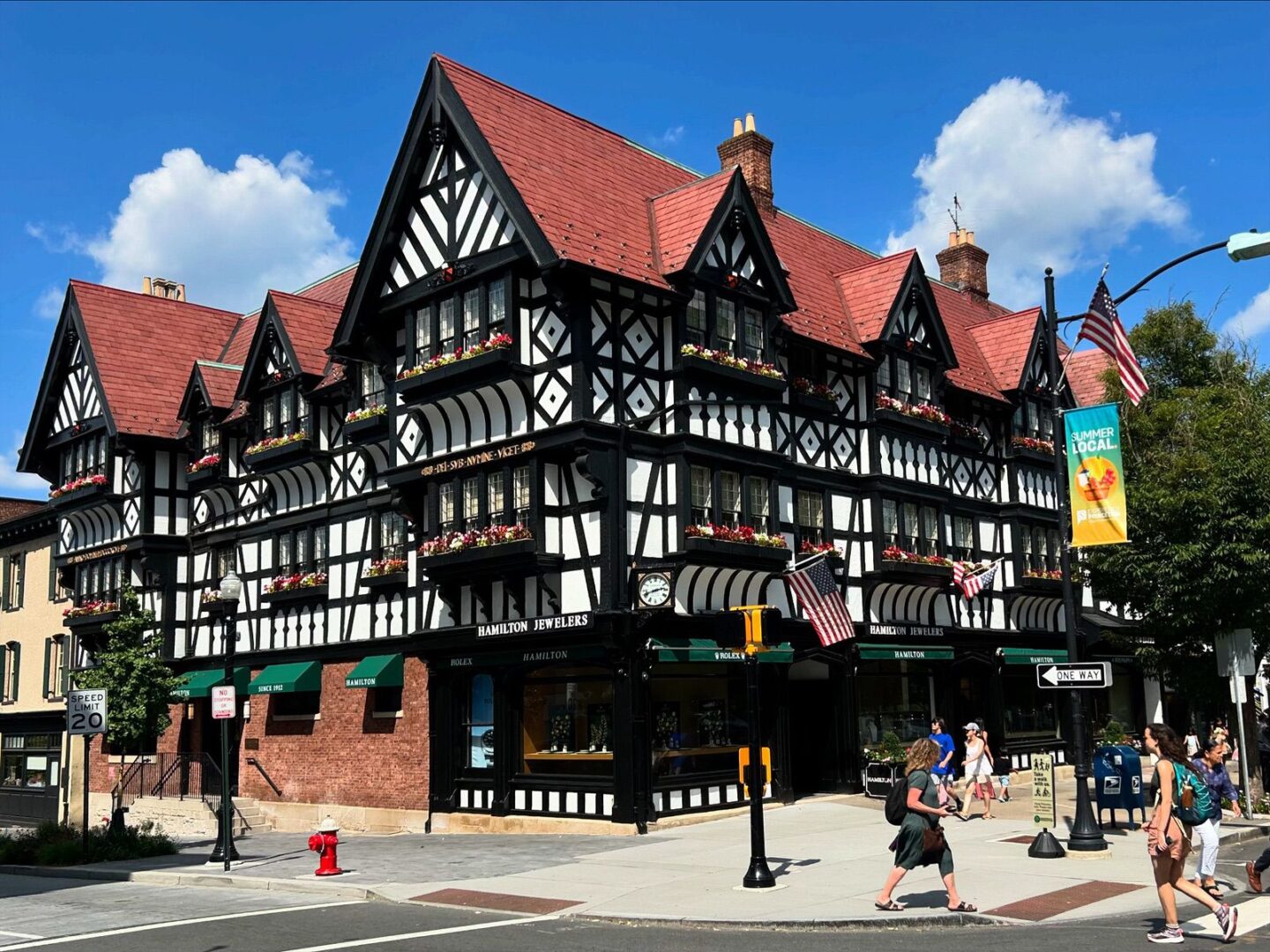
While waiting on the Princeton Junction platform for the connecting train, I passed the time watching construction cranes on the far side of the parking lot cobbling together an 868-unit development. This is technically in West Windsor, but it was my first taste of the incredible growth happening all around Princeton University.
Princeton, with a population of 30,000, is an unusual place with a distinct culture all its own. Mimi Omiecinski, who founded the Princeton Tour Company after moving there in 2006, remembers bumping into poet Paul Muldoon days after arriving and having an impromptu conversation with the Pulitzer Prize winner. “When he left, he began walking with Joyce Carol Oates over to the university,” she said.
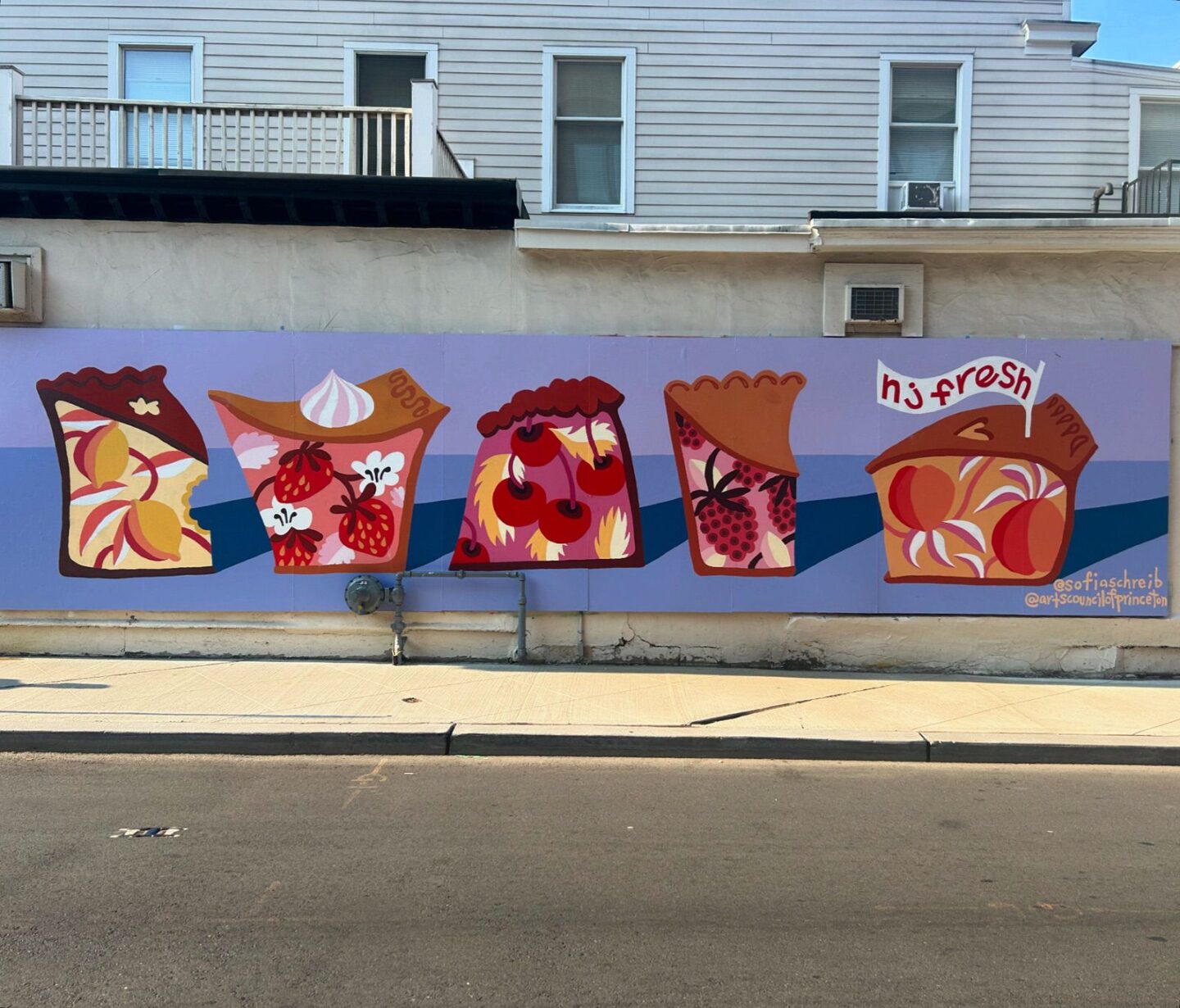
Her mission to “unravel” the town’s charm became the inspiration for her tours. If you’re short on time, booking one is a wise decision. But for those flying solo, Omiecinski recommends beginning a visit at one of the local coffee shops.
Jessie Durrie opened Small World Coffee in 1993, and it’s become a hangout for students and a people-watching spot for the rest of us. “You’re going to see a famous writer, scientist, or mathematician,” Omiecinski said. “We don’t bother them – we let them roam in their natural environment.”
While dunking a blueberry crumb cake into an oat-milk latte, I read the local Town Topics newspaper. It was last August, and the front page story was about the opening of the Graduate, the first new hotel to open in 90 years.
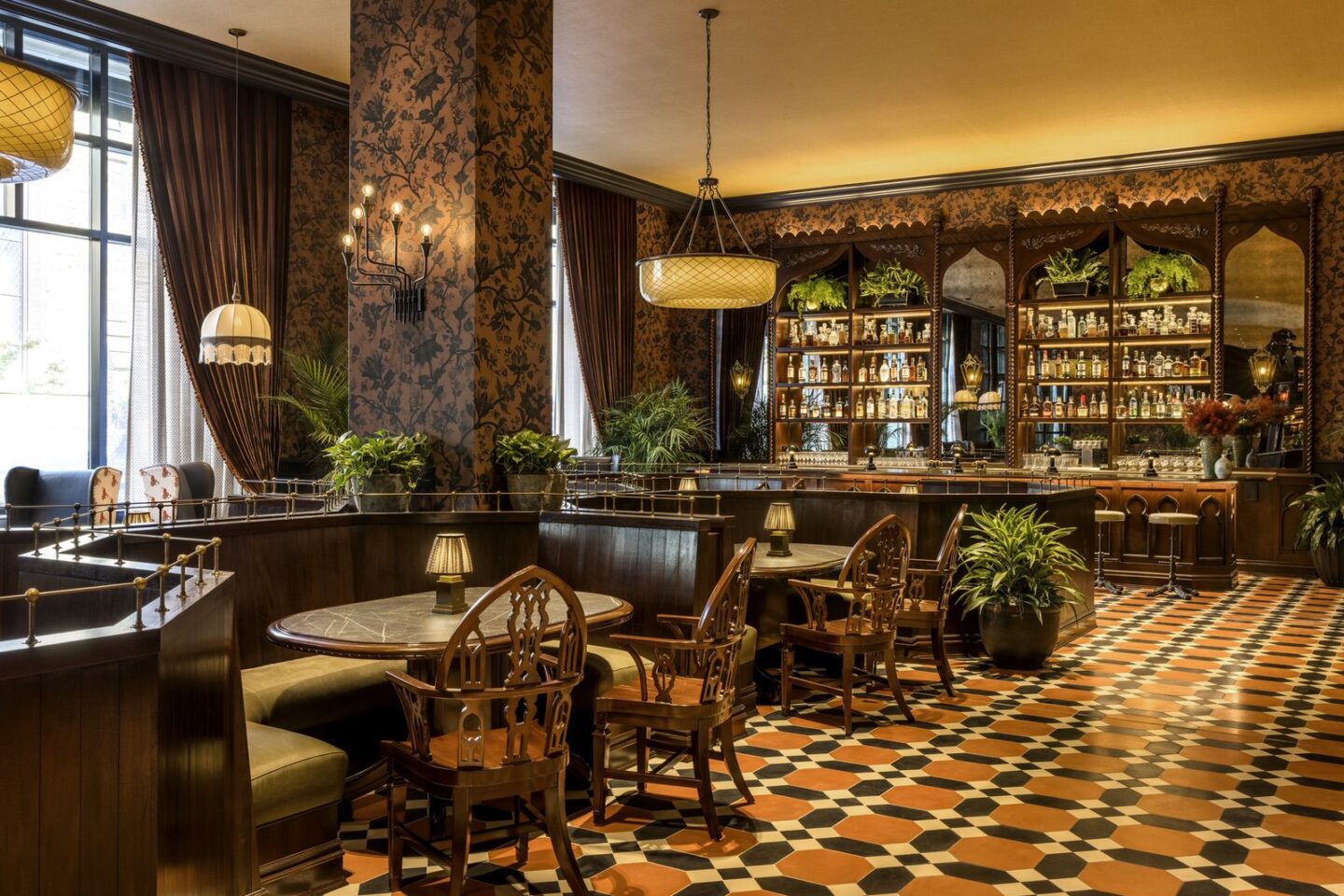
General Manager Michael Monarca, who met me on a separate occasion in the hotel bar called Ye Tavern, said the closing of Lahiere’s restaurant in 2010 left a hole in the town’s social fabric. Monarca said he wanted the 180-room hotel to recreate that lost space and serve as a place where anyone was welcome, not just hotel guests.
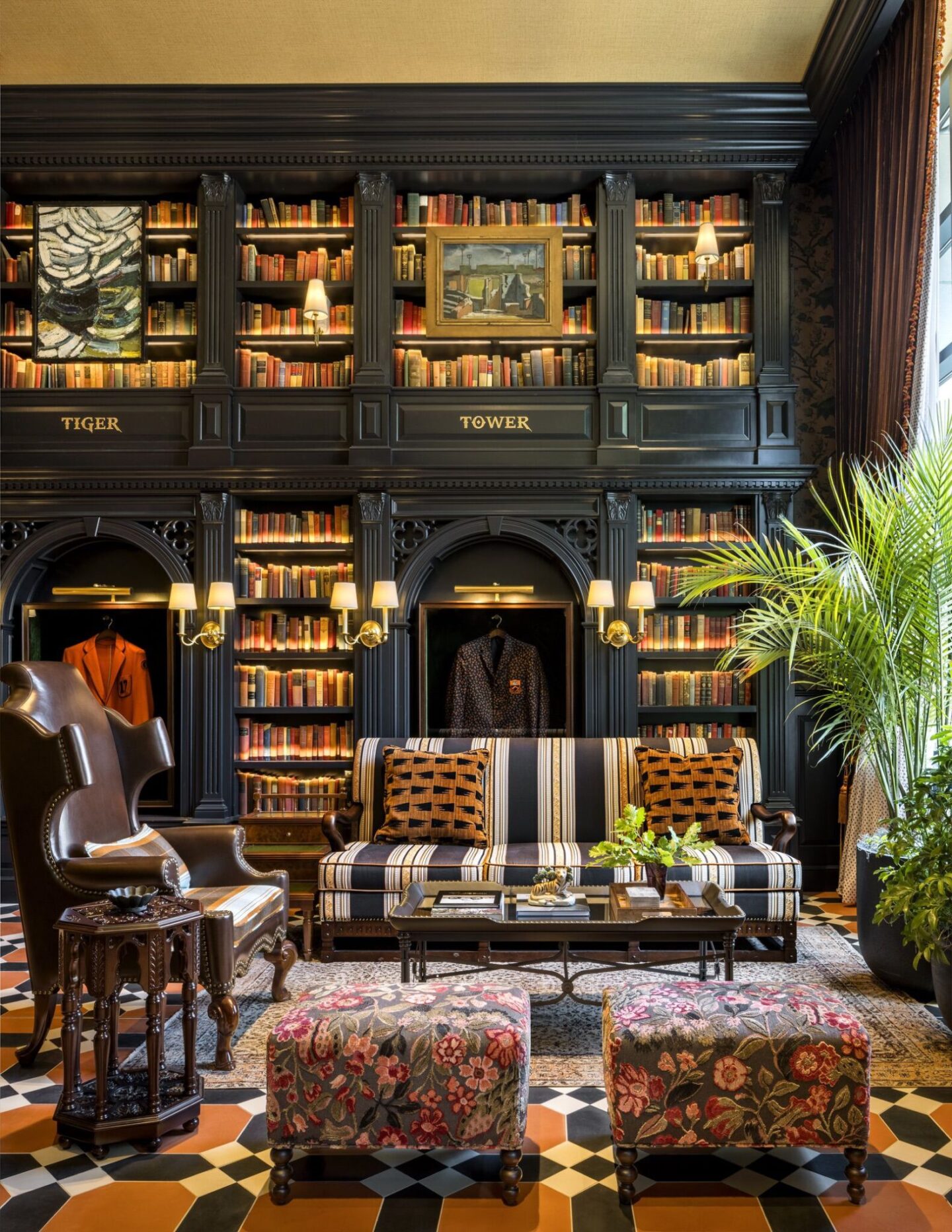
Today, the spectacular lobby – with 20-foot-tall ceilings and a maximalist decor awash in the university’s colors – serves as a public reading room with students ticking away at their laptops. At night, it transitions from a workspace to a watering hole, with Princeton-born mixologist Henry Barton serving inventive cocktails named after local historical events. “I want this space to be Princeton’s living room, and when you’re here in the evening, it feels like that,” Monarca said.
Princeton has long had to overcome its reputation as a sleepy town. The Triangle Club, a campus theater troupe, has a well-known number called “Nothing ever happens in Princeton” that pokes fun at how boring the town is. The social life of students has long been centered around eating clubs, 11 of which still exist today. Historian Clifford W. Zink, author of “The Princeton Eating Clubs,” explains how this peculiar phenomenon originated.

“In the 19th century, the college didn’t put much emphasis on food and many students ate off campus in boarding houses,” Zink said. “In 1877, a group of sophomores rented a building right on Mercer Street called Ivy Hall and decided to incorporate it as a student organization.”
Luring students off campus and away from eating clubs and other student organizations has sometimes been a challenge for business owners. But with the opening of two new bars last year – Ye Tavern and Triumph Brewing Company – there’s more nightlife than ever before.
The Graduate hotel is also demonstrating to other developers how to be good neighbors with thoughtful designs that pay homage to the town’s history. Princeton is a historic town, so the thought of growth gives some locals anxiety.
“Princeton is becoming a city,” said Elric Endersby, the Princeton-born architect and preservationist.
Few understand the township’s growth as well as Endersby. Born in 1948, when the university was surrounded by forest and dairy farms, he has seen the transformation with his own eyes. The last few years have seen the loss of several landmarks. One way preservationists like Endersby have coped is by protecting the historic buildings that remain with landmark status. In 2022, the historic preservation commission designated its 21st historic district called Jugtown.
However, other residents applaud the current surge in construction, which has brought fresh blood and a substantial amount of investment. Fifteen new businesses came to town last year alone, Town Topics reported.
In some ways, it’s surprising it hasn’t happened sooner. The town’s location midway between Manhattan and Philadelphia was the reason Barry Weisfeld opened Princeton Record Exchange on South Tulane Street in 1980. Jon Lambert, the record shop’s current owner who first moved to town in the 1980s, credits the local arts scene and the pockets full of discretionary income for keeping his shop and others in business.
“People are looking for more interesting forms of entertainment,” Lambert said. “They don’t want to stare at a smartphone screen anymore.”
An entire story could be dedicated to the arts in Princeton. The McCarter Theater Center has long prided itself on predicting the next Broadway hit. There are also 10 town-wide murals that the Art Council of Princeton has commissioned, including a rotating exhibit on Spring Street. Monarca believes the long-awaited reopening of the Princeton Art Museum later this year is going to “change the profile of the town.”
”Students are always coming and going, but the town here is so established,” said Melissa Kuscin, program manager at the Art Council. “There aren’t a lot of people leaving because of the art, culture, and food.”
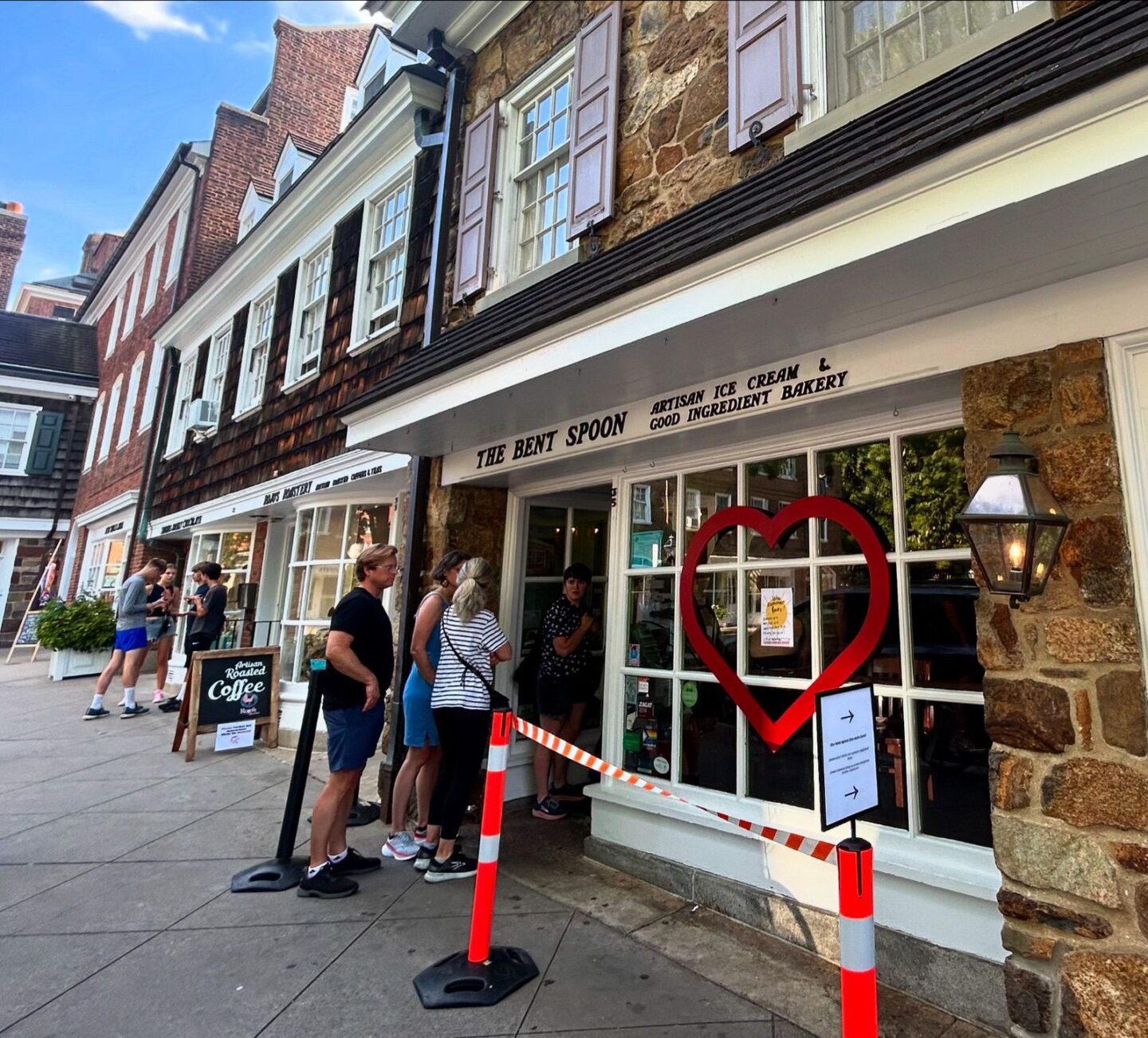
Before catching the train home, I treated myself to an ice cream at The Bent Spoon, where owners Matthew Errico and Gabrielle Carbone use unusual ingredients such as sugarplums, ginger, and cardamom in addition to the classics like vanilla and chocolate. After spending two days in Princeton, I learned one thing for sure: whether it’s the unexpected ingredients at Jammin’ Crepes or Omiecinski’s Pi Day Tour, which includes a pi recital contest, nothing that people do here is ordinary.